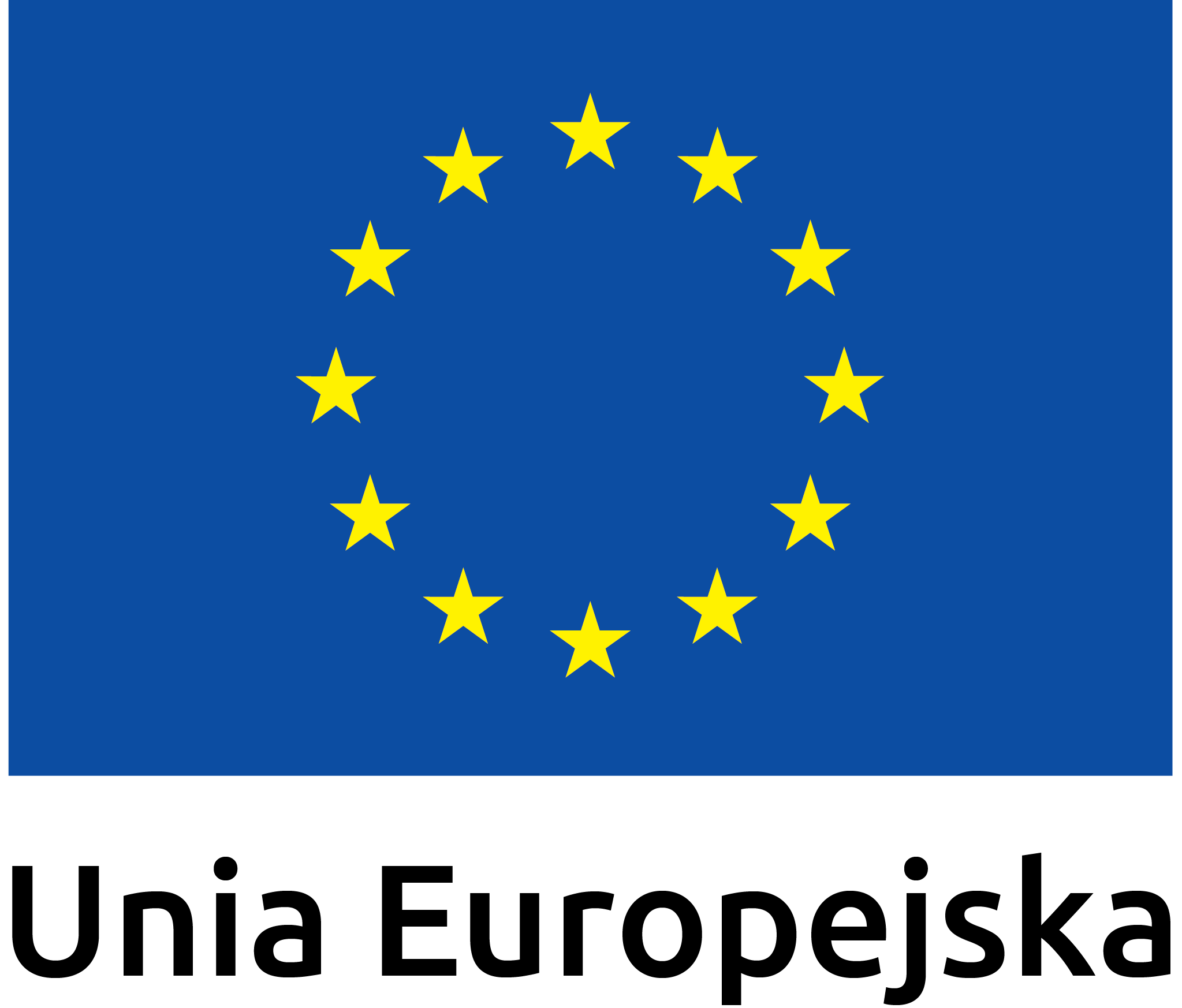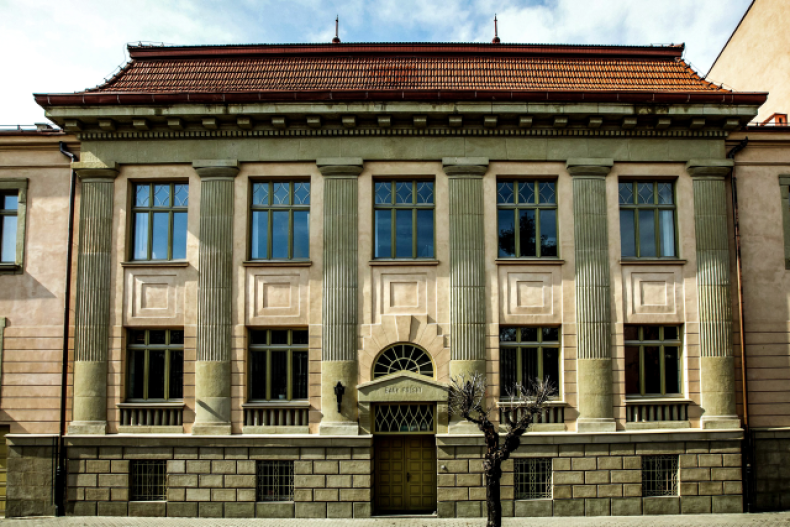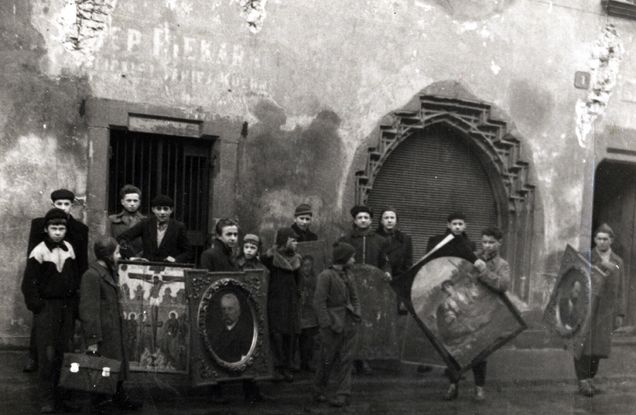History of the museum
The beginnings of museology in Nowy Sącz date back to the turn of the 1880s and 1890s, when memorabilia of the past began to be collected. In 1896, Józef Wieniawa-Zubrzycki allocated his house at ul. Jagiellońska 35 for the seat of the municipal library and museum. However, the exhibits have never been deposited and displayed there. The collections were occasionally shown in various places, e.g. in the town hall of Nowy Sącz. Although further resolutions were passed in 1909 and 1910 on the creation of the museum, it was only after the end of World War I that the idea was returned to. After regaining independence, work began on the reconstruction of the Nowy Sącz castle and it became possible to place both a library and a museum in it. Finally, the museum collections were made available on August 12, 1938. However, in the following year, in the face of German occupation, some of the most valuable objects were again in private hands in order to secure and hide them. In January 1945, the explosion of the ammunition depot turned the castle into ruins along with the other museum exhibits.
After World War II
After the Second World War, in 1946, the Museum of the Sądecka Land was reactivated with the same name as the statutory one from 1938, and the reconstruction of the collection in two former monastery rooms at Pijarska Street began. Only some of the pre-war exhibits were recovered. Relatively modest museum collections significantly expanded in 1951, when monuments of Orthodox church art from the Western Lemko region were transferred to Nowy Sącz. In order to store them and display them together with the earlier collections, the "Gothic House" museum at 3 Lwowska Street was designated as the seat of the museum, which was renovated in 1959-1965 (until the end of November 2023 in the museum structure). Temporary exhibitions were arranged in three premises rented from the Municipal Waterworks. Since 1975, when the Nowosądeckie Voivodship was established, the institution has functioned and still functions today as the District Museum in Nowy Sącz. This date is also associated with the opening of a new branch - Sadecki Ethnographic Park, where, among others, movable ethnographic monuments. In 1976, after the death of the artist Maria Ritter, the museum in Nowy Sącz acquired a collection of her paintings. There was also a proposal to organize a permanent exhibition of these works in two rooms of the Ritter family tenement house, intended for this purpose by Maria's sister, Wanda. The Maria Ritter Gallery opened in 1979.
More branches
In 1981, in Podegrodzie, another branch was established - Museum of Lachów Sądeckich im. Zofia and Stanisław Chrząstowski, and in 1982 - the Pieniny Museum. Józef Szalay in Szczawnica (in August 2014, the Pieniny Museum was moved to the building of the former border guard in Szlachtowa) and the Old Synagogue Gallery in Nowy Sącz (until the end of July 2015, within the structure of the museum). In 1987, a branch of the Folk Building Center in Szymbark with a branch of the Orthodox Church in Bartne joined. In the years 1990-1991, an exhibition of former bourgeois interiors was organized in two further rooms of the "Ritterówka". Since 1995, the Nikifor Museum in Krynica-Zdrój has been operating, dedicated to the work of one of the world's most outstanding primitivist painters.
In 1999, after the liquidation of the Nowy Sącz Province, the District Museum in Nowy Sącz received the status of the Cultural Institution of the Małopolska Province. In 2001, the Małopolskie Voivodship self-government decided that the Wiśnicz Castle would be another branch of the District Museum in Nowy Sącz (it functioned within the structures of the unit until September 2009). In 2006, the branch in Szymbark together with the branch in Bartne were included in the newly created museum in Gorlice under the name "Dwory Karwacjanów i Gładyszów".
Tourists coming to Nowy Sącz willingly visit the Sądecki Ethnographic Park, which presents equipped residential and farm buildings of the Lachs and the Sądecki Highlanders, Pogórzans, Lemkos, Germans and Gypsies, as well as a noble manor, a folk school, windmills, shrines and crosses; there are also restored churches of three denominations: Roman Catholic, Greek Catholic and Evangelical-Augsburg. The youngest sector of the open-air museum is the sector of rural industry with a water-powered mill, a fulling mill and two sawmills.
Tourists coming to Nowy Sącz willingly visit the Sądecki Ethnographic Park, which presents equipped residential and farm buildings of the Lachs and the Sądecki Highlanders, Pogórzans, Lemkos, Germans and Gypsies, as well as a noble manor, a folk school, windmills, shrines and crosses; there are also restored churches of three denominations: Roman Catholic, Greek Catholic and Evangelical-Augsburg. The youngest sector of the open-air museum is the sector of rural industry with a water-powered mill, a fulling mill and two sawmills.
The open-air museum is adjacent to the Galician Town, which is a replica of the buildings around the market square from the end of the 19th century, with a town hall, a noble manor, bourgeois houses, an inn, and a fire station.
Workshop, educational and scientific activities are carried out in the museum town and open-air museum. Ethnographic and folklore events, fairs and shows are organized outdoors, and meetings and symposiums are organized in the conference room of the town hall. In the small-town manor house, there is a Specialist Library with a rich collection of Sandecians and Spiš publications (Polish and Slovak), as well as Polish books and magazines in the field of history, theory and history of art, culture, archaeology, museology and protection of monuments, and one of the homesteads of the nearby German sector houses collections of the museum Archive.
From January 24, 2024, the museum operates under a new name - Muzeum of Nowy Sącz land (pl -Muzeum Ziemi Sądeckiej).
The name of the institution was changed pursuant to Resolution No. LXXVII/1125/23 of the Regional Assembly of the Lesser Poland Voivodeship of December 28, 2023. In the justification to the Resolution it was written, among others: "Due to the more complete identification of the Museum, taking into account, among others, the territorial scope of the historic Sądecka Land ( ...) the original name used before World War II, i.e. from 1938 "Museum of Nowy Sącz land", the cultural scope of the heritage of the Nowy Sącz region (...), the nature and importance of the collected collections in the perspective of the development of the museum collection, the promotional position of the Museum, as well as transparency and identification of the name on a nationwide scale, it was necessary to change the name to "Museum of Nowy Sącz land"
From January 24, 2024, the museum operates under a new name - Muzeum of Nowy Sącz land (pl -Muzeum Ziemi Sądeckiej).
The name of the institution was changed pursuant to Resolution No. LXXVII/1125/23 of the Regional Assembly of the Lesser Poland Voivodeship of December 28, 2023. In the justification to the Resolution it was written, among others: "Due to the more complete identification of the Museum, taking into account, among others, the territorial scope of the historic Sądecka Land ( ...) the original name used before World War II, i.e. from 1938 "Museum of Nowy Sącz land", the cultural scope of the heritage of the Nowy Sącz region (...), the nature and importance of the collected collections in the perspective of the development of the museum collection, the promotional position of the Museum, as well as transparency and identification of the name on a nationwide scale, it was necessary to change the name to "Museum of Nowy Sącz land"







